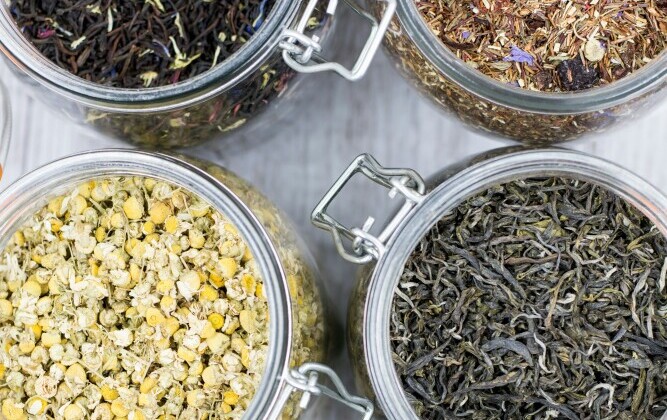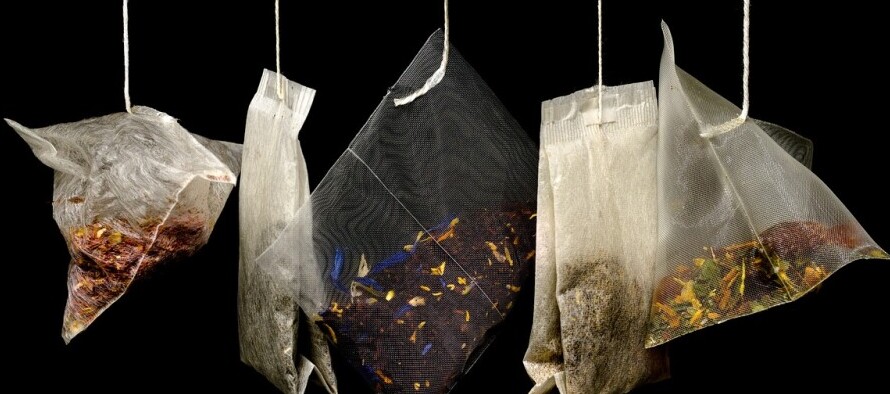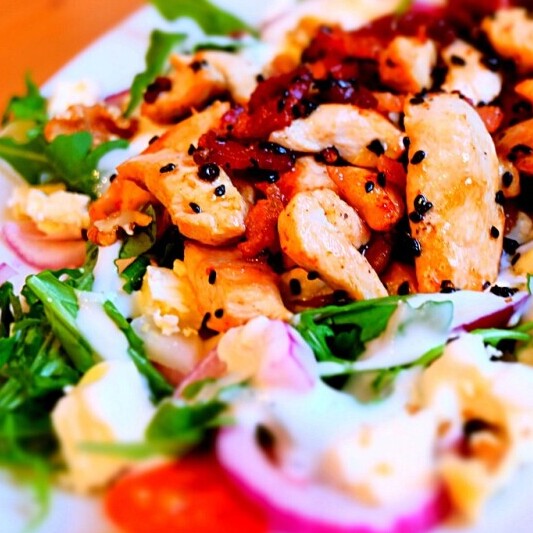 Diabetes, a term that many hear but few fully understand, revolves around how your body handles sugar. When your body can’t process sugar effectively because of insulin issues, things get tricky. There are different types, like Type 1, where your body doesn’t produce insulin, and Type 2, more common, where your body struggles to use insulin well enough. There’s also gestational diabetes, sneaking in during pregnancy. I personally have had Type 2 diabetes for many years.
Diabetes, a term that many hear but few fully understand, revolves around how your body handles sugar. When your body can’t process sugar effectively because of insulin issues, things get tricky. There are different types, like Type 1, where your body doesn’t produce insulin, and Type 2, more common, where your body struggles to use insulin well enough. There’s also gestational diabetes, sneaking in during pregnancy. I personally have had Type 2 diabetes for many years.
Living with diabetes isn’t just about remembering to take your medication or watching your sugar intake. It’s about keeping a close watch on your health daily, which sometimes means changing old habits, like cutting down on those favorite sugary snacks or starting to check labels religiously. It can be tough, but these changes improve control over blood sugar levels. I can vouch that much discipline is required to maintain a healthy diabetic diet. I find it a constant struggle.
Some common struggles? We’re talking about juggling meal planning, finding time for regular exercise, and managing stress levels while ensuring you’re not skimping on any nutritional needs. And when it comes to diets, some might say it’s like trying to solve an unsolvable puzzle at times. It needs a careful approach that involves understanding food’s role in blood sugar control.
Dietary changes are super significant when managing diabetes. The focus is on balanced meals that include lots of fresh veggies, whole grains, lean proteins, and drinks like tea that might offer additional complication-free benefits. I drink different herbal teas 2-3 times each day.
The History of Tea: A Brief Introduction
Tea has been around forever, or at least it feels like it. Originating in China thousands of years ago, it’s spread across the globe, becoming a staple in countless cultures. From the tradition-filled tea houses of Japan to the tea-loving Brits, it’s managed to make its way into multiple daily rituals and diets.
 There are so many types of tea that it might leave your head spinning for a second. Have you ever heard of green tea, black tea, or oolong? Each one has a unique way of being processed and prepared, giving it those different flavors and characteristics, not to mention the variety in herbal teas, which technically aren’t tea since they don’t come from the Camellia sinensis plant but hold their own in tea culture.
There are so many types of tea that it might leave your head spinning for a second. Have you ever heard of green tea, black tea, or oolong? Each one has a unique way of being processed and prepared, giving it those different flavors and characteristics, not to mention the variety in herbal teas, which technically aren’t tea since they don’t come from the Camellia sinensis plant but hold their own in tea culture.
Throughout history, people have been using tea for more than just sipping. Ancient healers have long touted its supposed benefits, with some claiming it helps with everything from digestion to calming the nerves. Modern science is starting to catch up on what our ancestors seemed to know—tea can do more for us than just quenching thirst.
These types create a vast world of flavors and potential health benefits. Understanding a bit about its background not only enriches your appreciation but also, for someone dealing with diabetes, opens up avenues to explore how it might fit into your daily health routine.
Nutritional Breakdown of Tea
Tea isn’t just about cozy warmth in a cup; it’s surprisingly packed with nutrients that can impact your health. Among the superstar contents are antioxidants and polyphenols, tiny compounds that help fight inflammation and oxidative stress. This comes in handy for anyone, especially those dealing with diabetes.
 Different teas have different profiles. Green tea, for instance, is chock-full of catechins, a type of antioxidant known for its health perks. Black tea features theaflavins and thearubigins, which also bring powerful health benefits despite its bolder flavor. Oolong tea hits somewhere in the middle, combining aspects of both green and black teas.
Different teas have different profiles. Green tea, for instance, is chock-full of catechins, a type of antioxidant known for its health perks. Black tea features theaflavins and thearubigins, which also bring powerful health benefits despite its bolder flavor. Oolong tea hits somewhere in the middle, combining aspects of both green and black teas.
Good news for the diet-conscious: tea generally has no calories unless you pour in sugar or milk. For diabetics, this means you get incredible flavors and benefits without worrying about blood sugar spikes—just be cautious with add-ons. I typically add stevia, raw honey, or heavy cream to my teacup.
The nifty thing about these compounds is that they might help manage insulin better. Research points to their role in improving insulin sensitivity, which is a big deal in diabetes management. So, not only is it friendly on the calorie front, but it also might support your body’s own efforts in regulation.
Understanding the differences in what each type of tea offers allows you to make informed choices on what fits best in your personal health journey. Knowing what’s in your cup could be the key to incorporating tea as a healthy, diabetic-friendly drink.
Tea’s Proven Benefits for Diabetes Management
Tea isn’t just your regular beverage; it’s packed with elements that offer benefits for managing diabetes. Recent scientific studies suggest that regularly drinking tea might help manage blood sugar levels more easily.
Antioxidants in tea, especially those abundant in green tea, such as catechins, are your allies against inflammation and oxidative stress. This is key for diabetes management as it helps reduce some of the complications that might arise from the condition.
 Research has highlighted tea’s potential role in improving insulin sensitivity. This means it could help your body use insulin more effectively, which is crucial if you’re trying to maintain steady blood sugar levels and avoid those pesky spikes.
Research has highlighted tea’s potential role in improving insulin sensitivity. This means it could help your body use insulin more effectively, which is crucial if you’re trying to maintain steady blood sugar levels and avoid those pesky spikes.
If weight management is part of your diabetes care plan, tea can help. Some studies suggest that tea might aid in weight loss or assist in maintaining a healthy weight, promoting better overall health.
Incorporating tea into your routine, appreciating it for its taste and beneficial properties, could be one of the easiest enjoyable additions to your diabetes management tool kit.
Incorporating Tea into a Diabetic-Friendly Diet
Choosing the right type of tea can make a big difference. For someone managing diabetes, options high in antioxidants, like green or oolong tea, might offer the most benefits. But it’s essential to steer clear of sweet tea blends or bottled versions, which often come packed with sugar.
Drinking your tea plain is often the best approach. Unsweetened, as a hot brew or even iced, ensures you’re not sneaking in unwanted sugars. If craving a bit of sweetness, a natural alternative like stevia won’t mess with your blood sugar levels.
 Tea can also be a fantastic replacement for high-calorie or sugary beverages that you might miss. Swapping soda or sweetened coffee for a refreshing cup of iced tea is a simple way to lower your sugar intake while keeping things flavorful. I now drink only tea, distilled water, alkaline water,, and coffee with herbs. I have no more soft drinks or juices, and I only have them when my glucose levels are low. I use almond milk or heavy cream in my cooking.
Tea can also be a fantastic replacement for high-calorie or sugary beverages that you might miss. Swapping soda or sweetened coffee for a refreshing cup of iced tea is a simple way to lower your sugar intake while keeping things flavorful. I now drink only tea, distilled water, alkaline water,, and coffee with herbs. I have no more soft drinks or juices, and I only have them when my glucose levels are low. I use almond milk or heavy cream in my cooking.
There are loads of creative ways to include tea in your daily meals or snacks. Try infusing it in cooking, like poaching chicken in oolong tea, or using brewed tea as a base for smoothies. Each cup is a step toward better control over your sugar intake without sacrificing taste.
Cautions and Things to Consider
 While tea can be a fantastic friend in diabetes management, caution is still wise. If you’re on diabetic medications, consult your doctor. Some teas can interact with meds, tweaking their potency or effectiveness.
While tea can be a fantastic friend in diabetes management, caution is still wise. If you’re on diabetic medications, consult your doctor. Some teas can interact with meds, tweaking their potency or effectiveness.
Understanding the difference between herbal and traditional teas is also essential. Since they come from more than just tea leaves, herbal teas can have unexpected ingredients that affect blood sugar differently.
Then there’s the caffeine factor. While most teas have less caffeine than coffee, it’s still present, and caffeine can impact blood sugar and insulin action differently from person to person. Moderation is always key here, and choosing herbal teas without caffeine.
NOTE: I am not a physician, nor a medical professional. Before making significant dietary changes, including increasing tea consumption, a quick chat with a healthcare provider can help. That way, you’ll be sure that integrating tea into your lifestyle is safe and effective for your health.
My Favorite Teas
I have several favorite teas that I drink often. I tend to like The Republic of Tea ones because I really love their containers. Here’s a list of my favorites:
Affiliate Links
This page may contain affiliate links, which, if clicked, will take you an item, its information and images of it. If you choose to purchase the item, I receive a small commission -Shirley
Comments
I do enjoy getting comments and questions from my blog visitors, you can leave yours below – Shirley


Comments